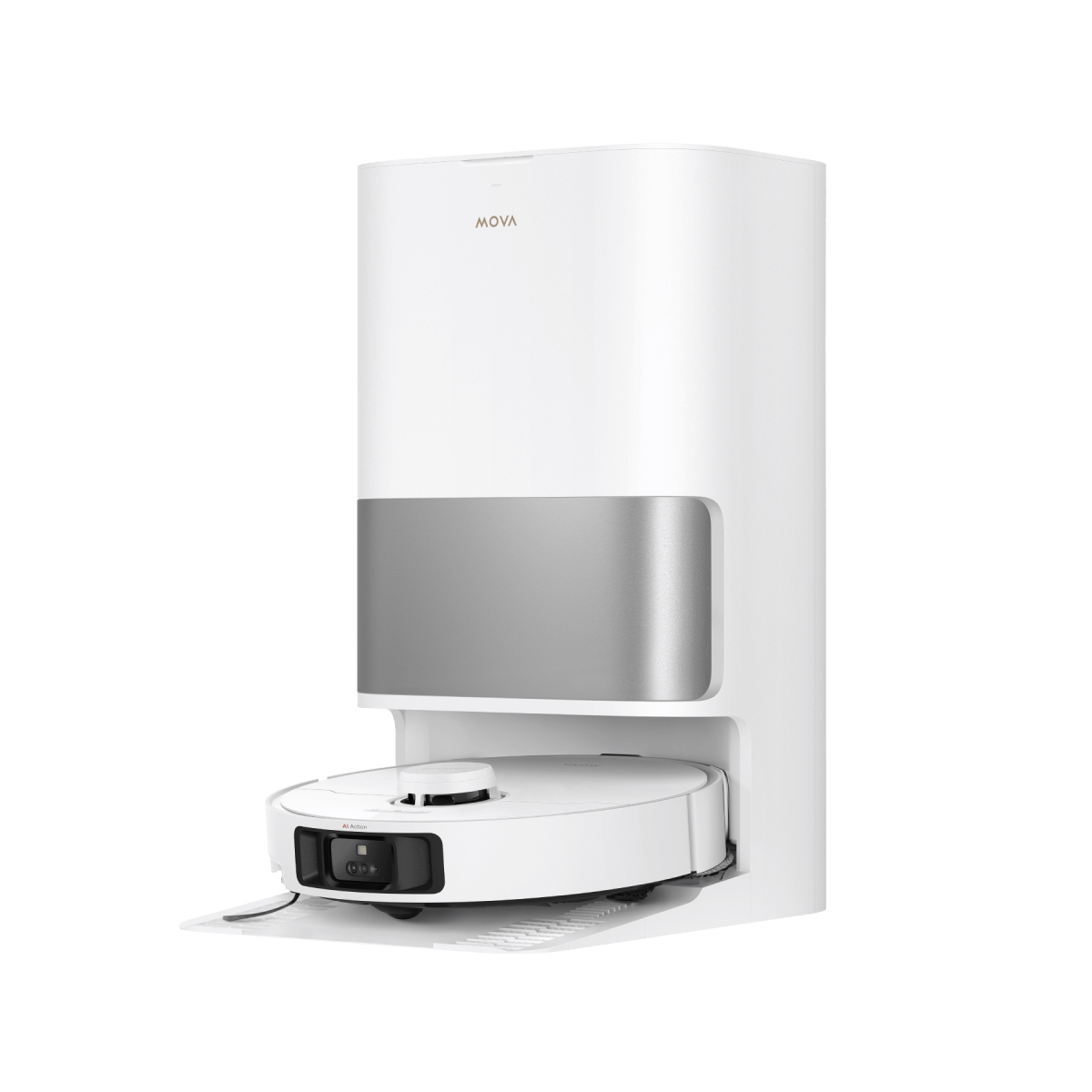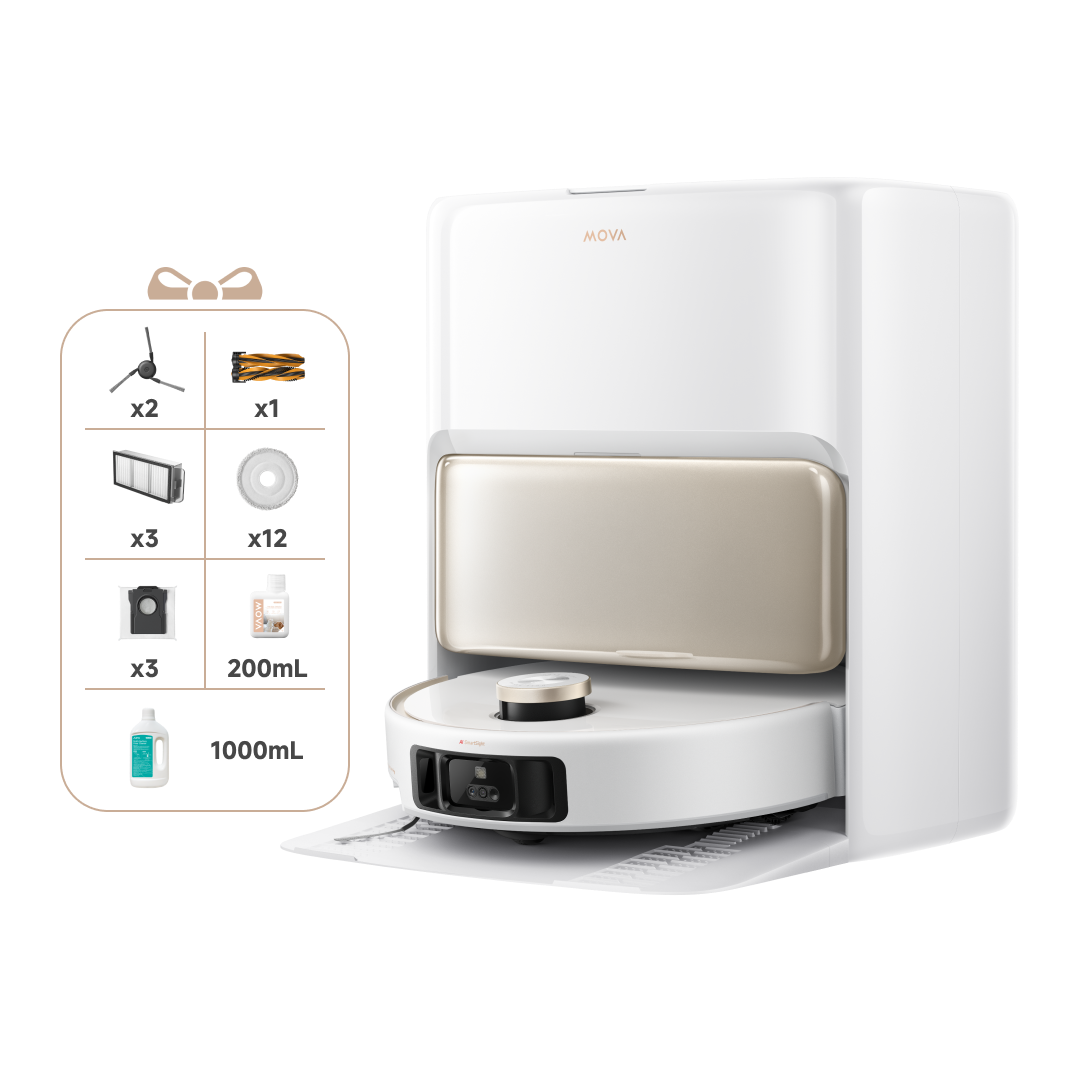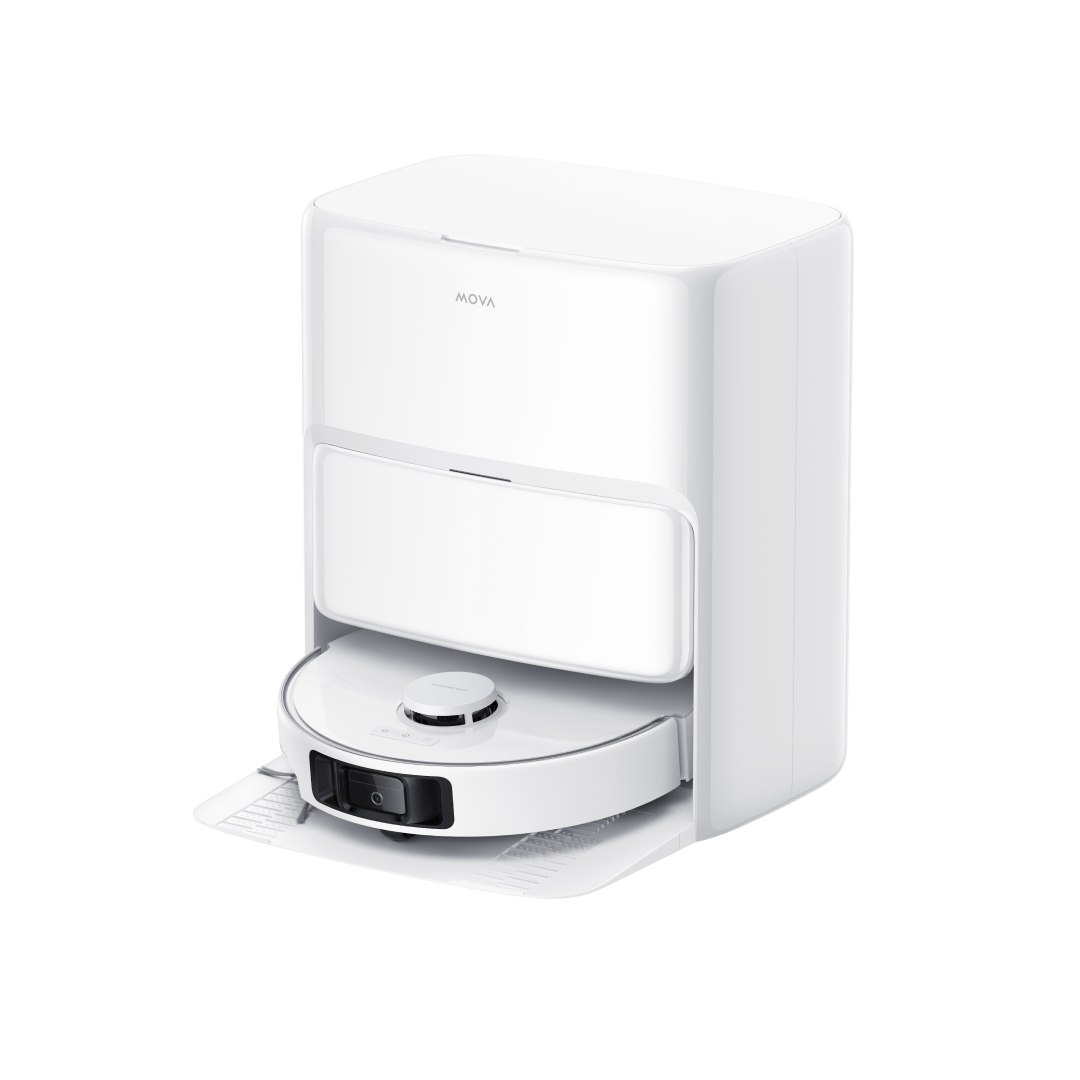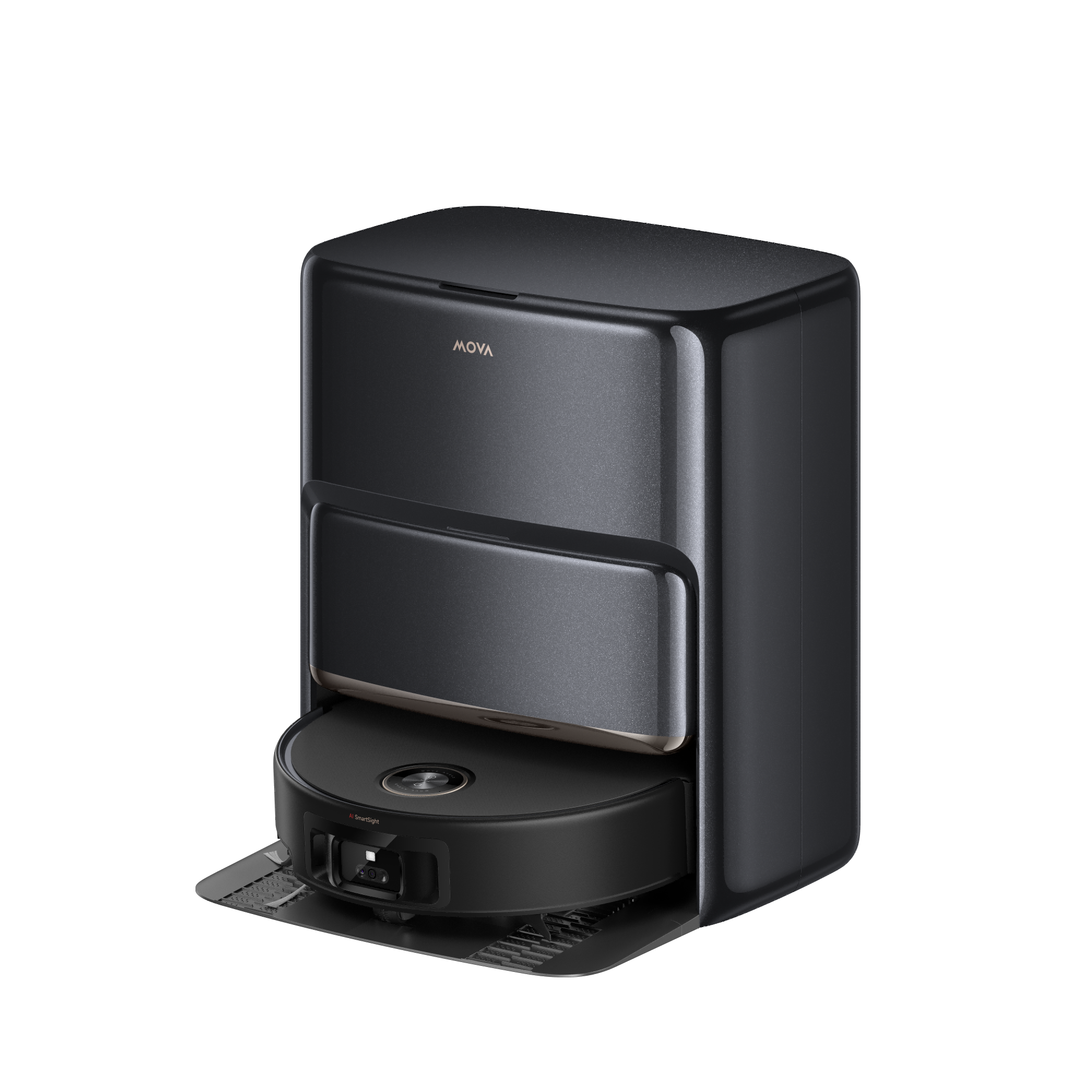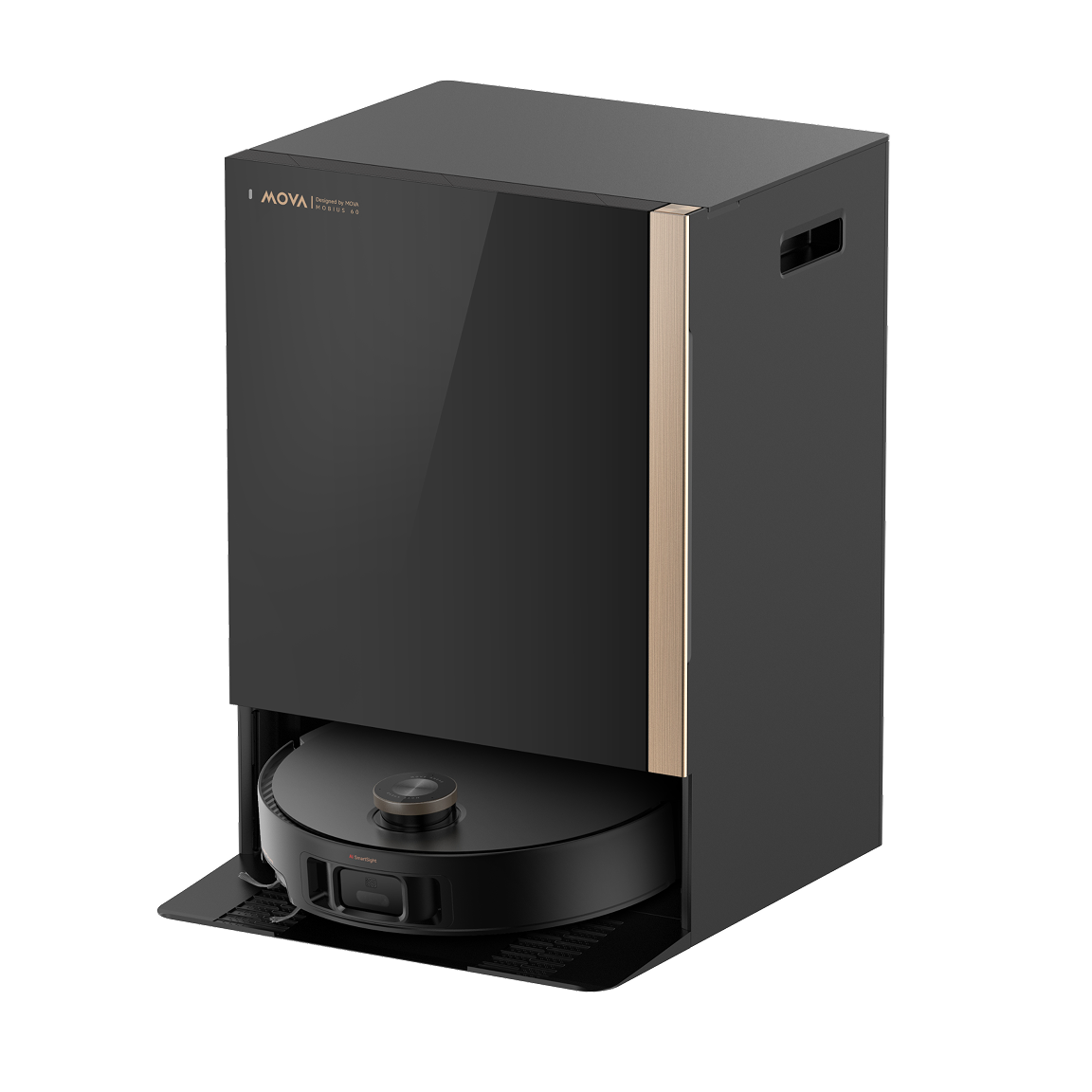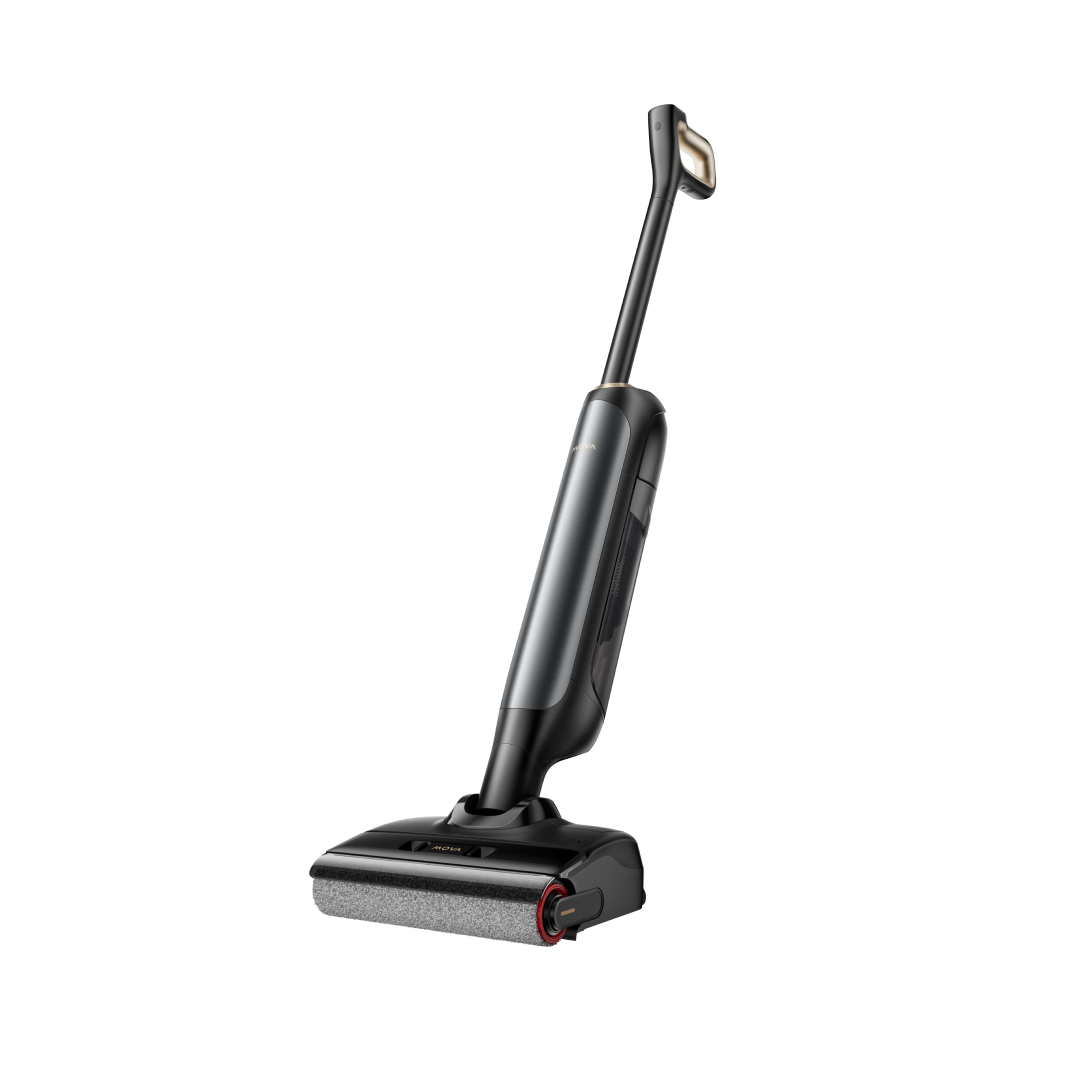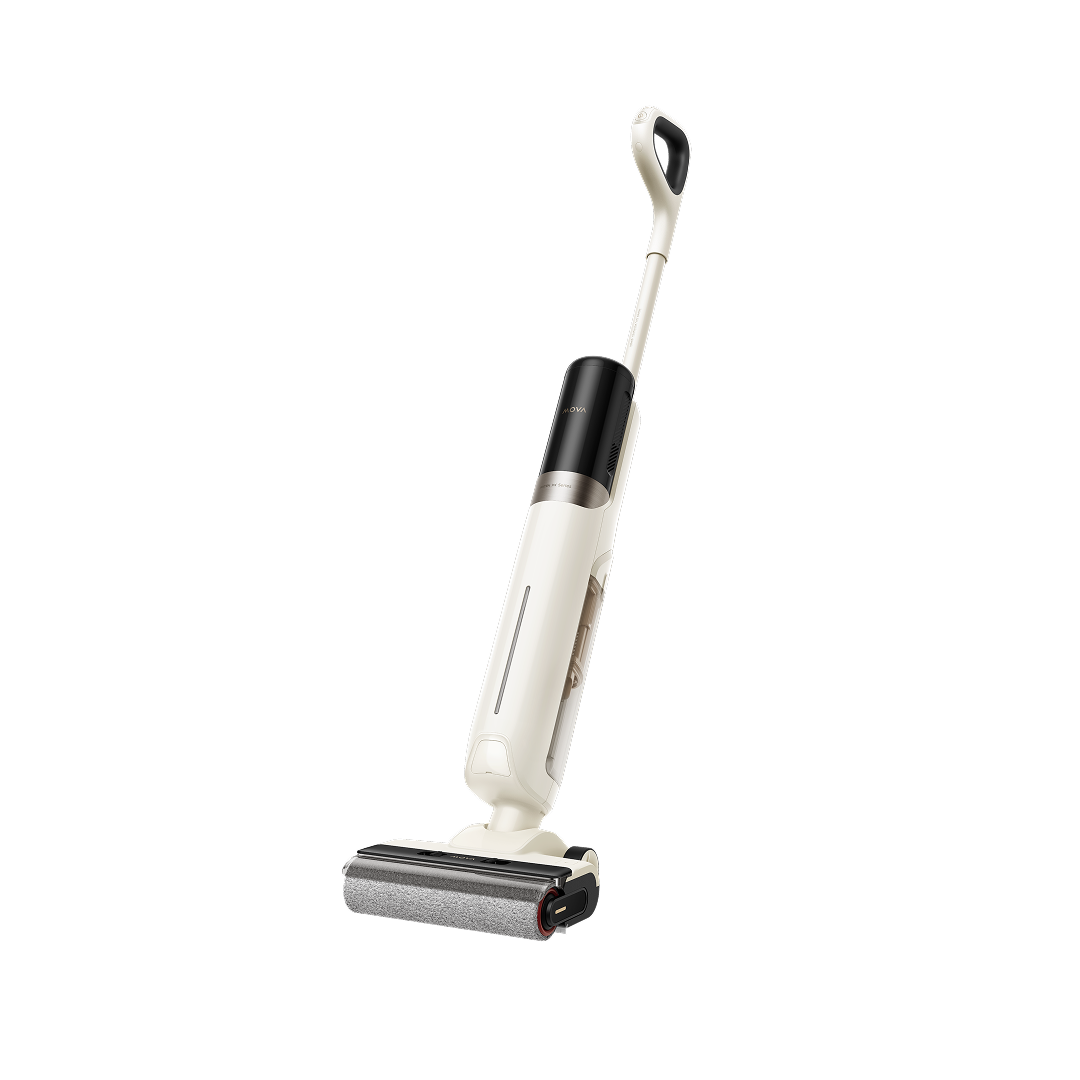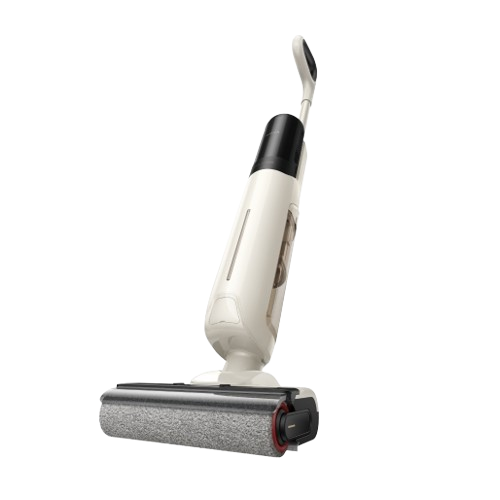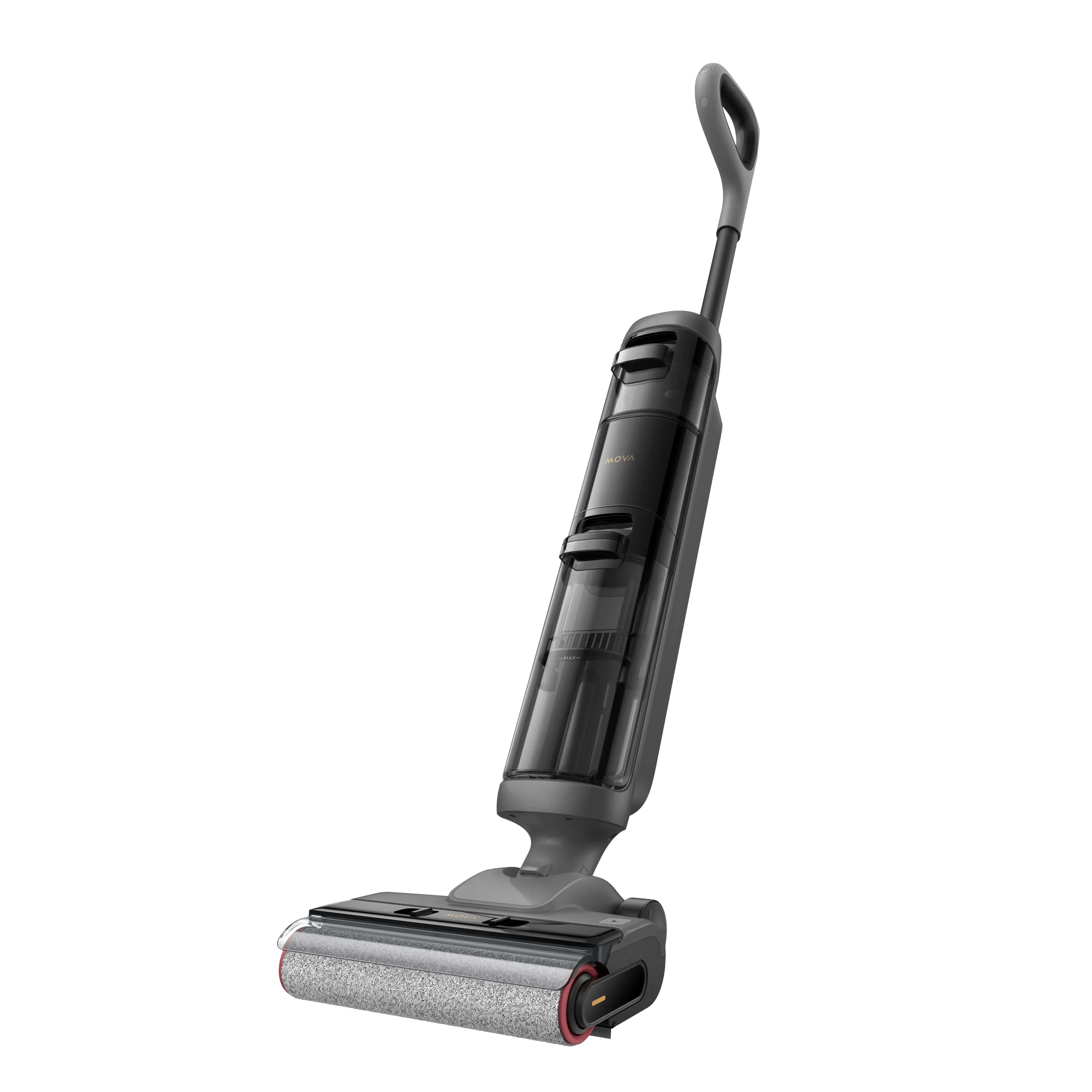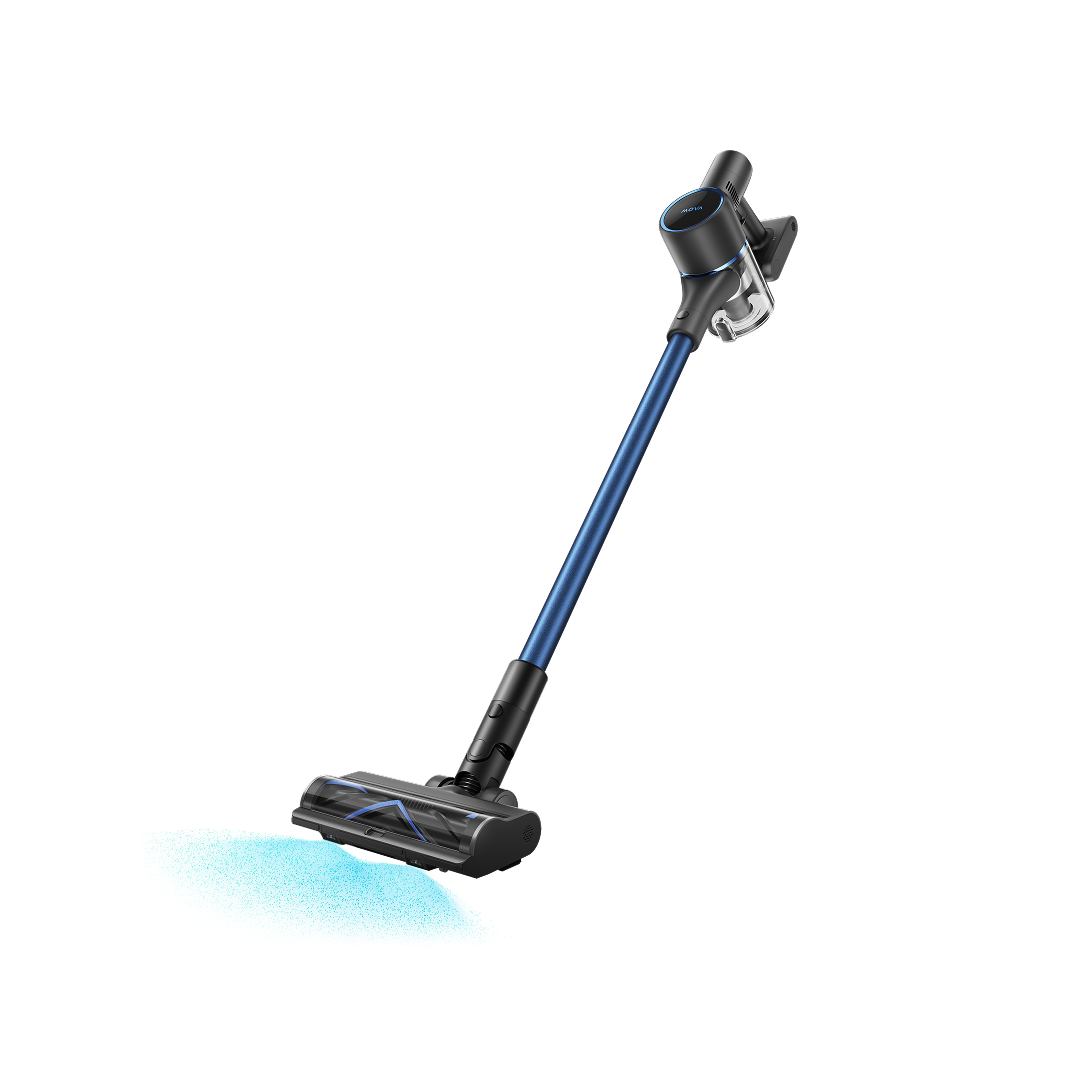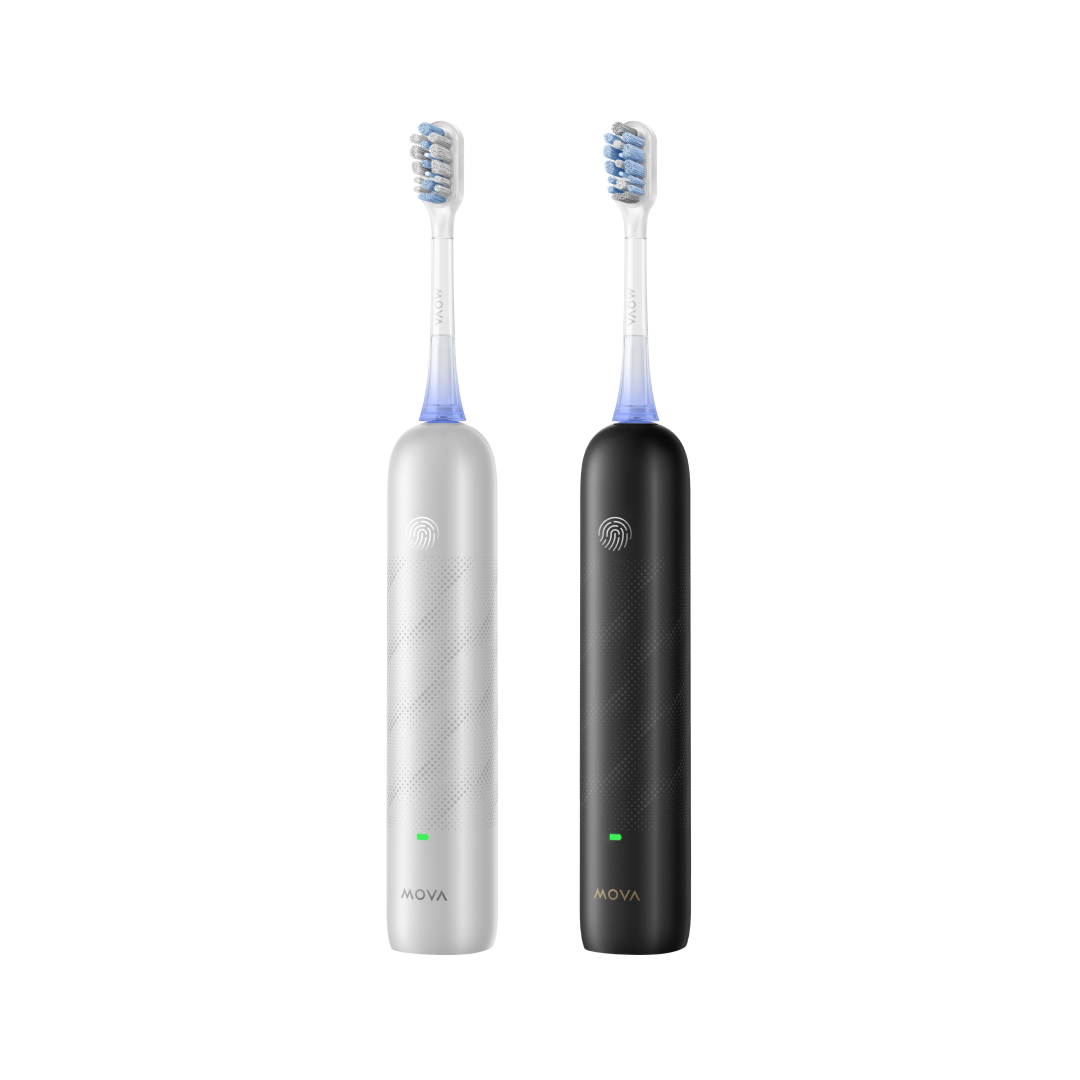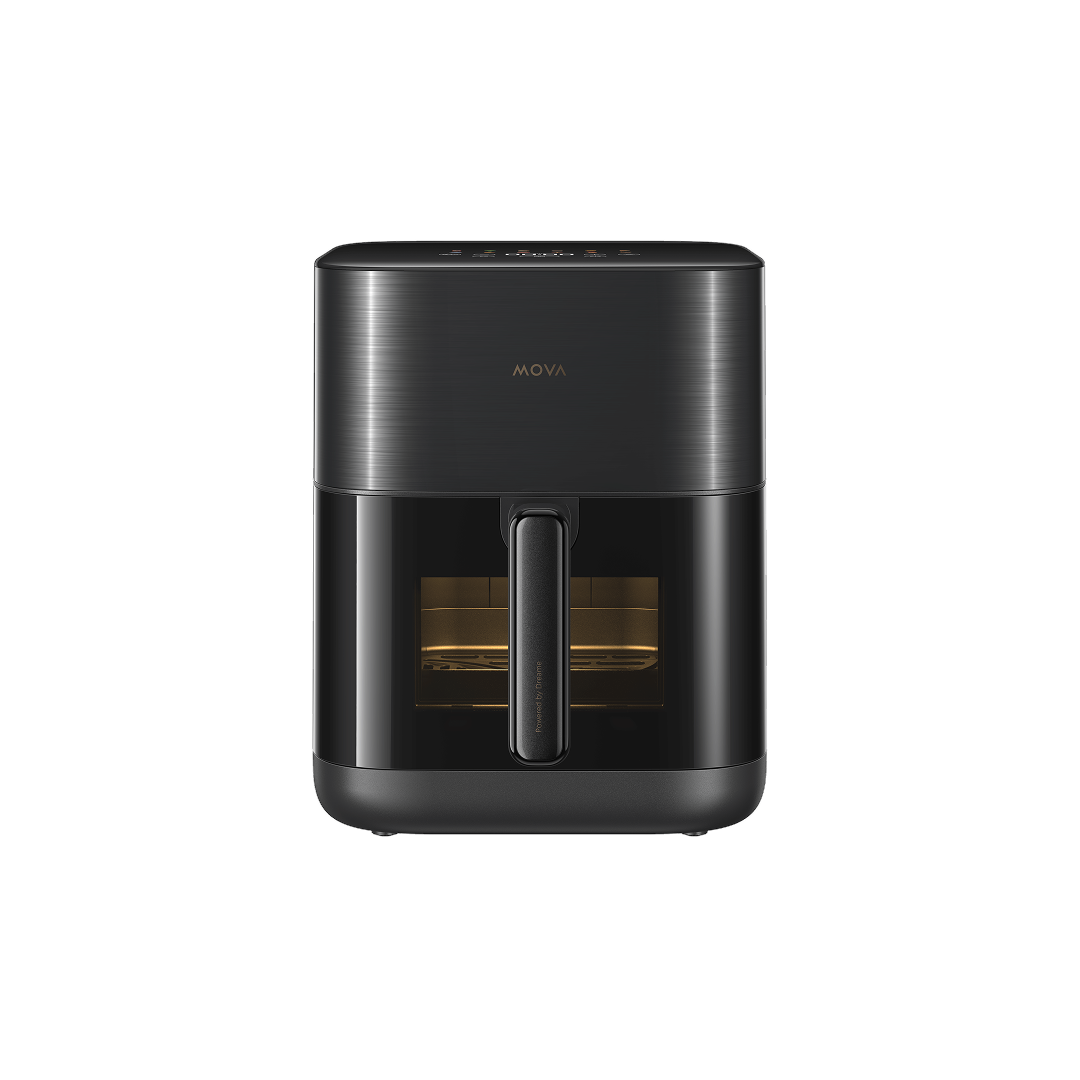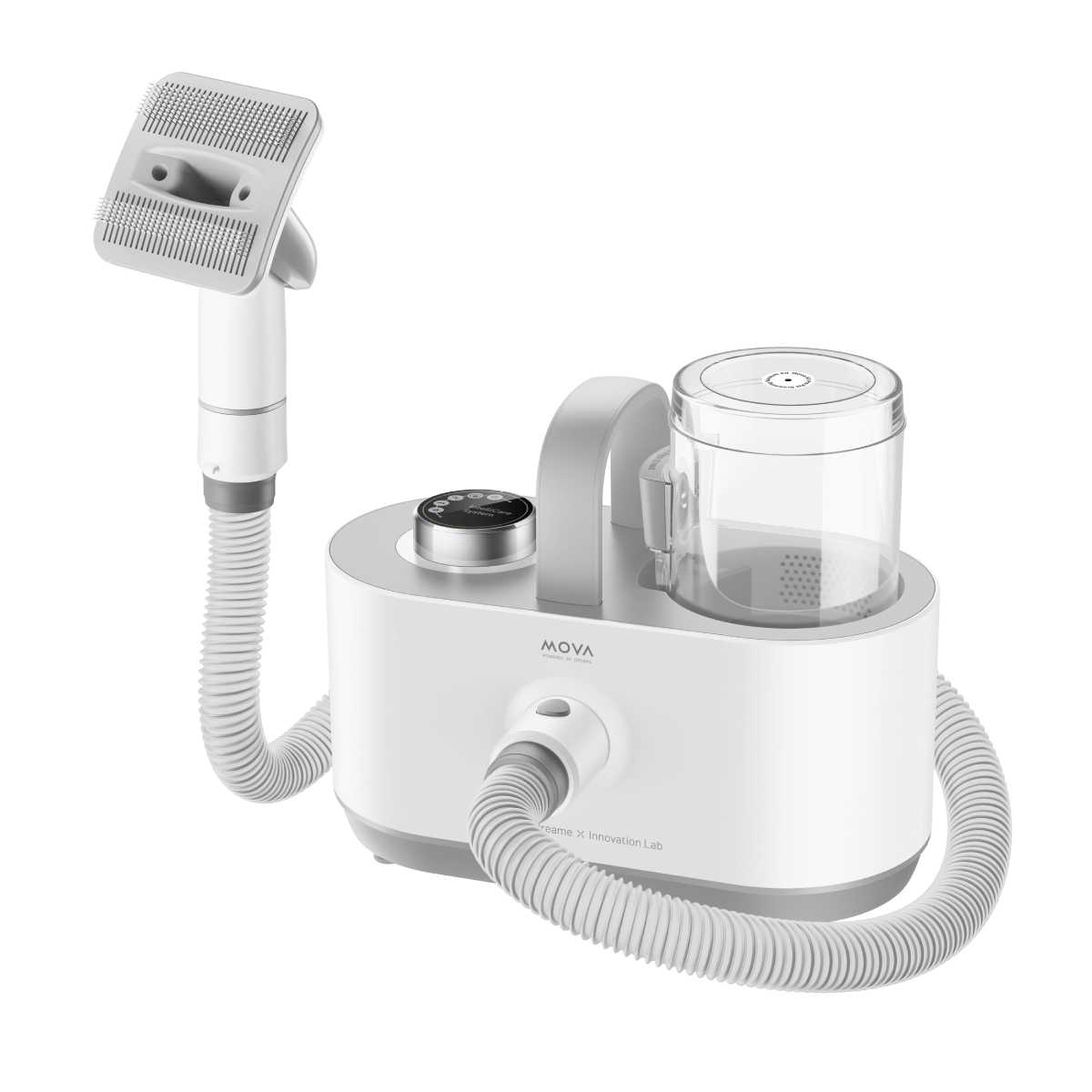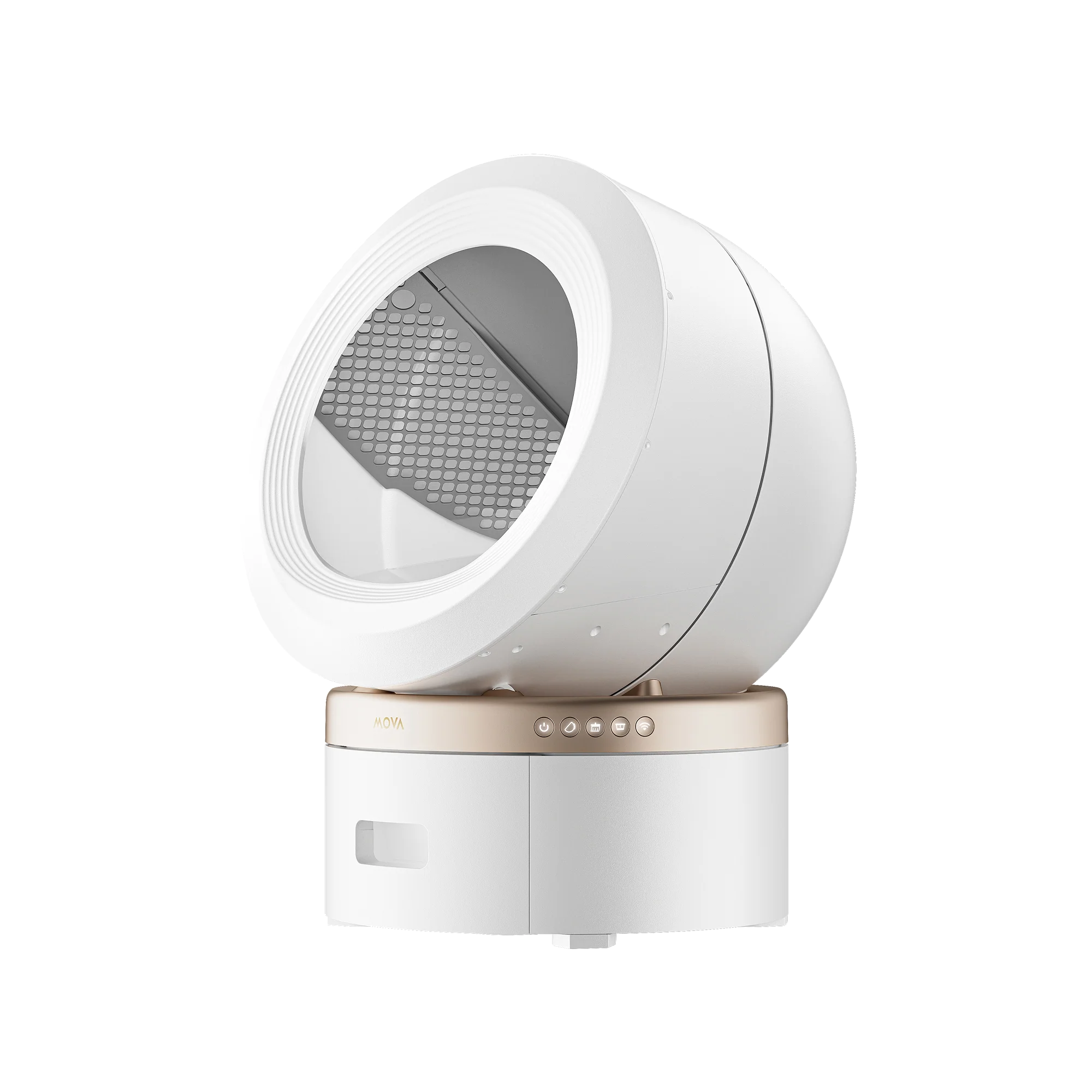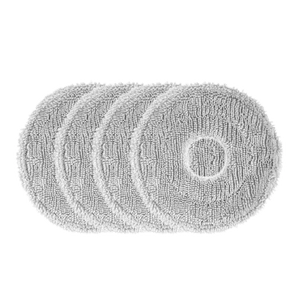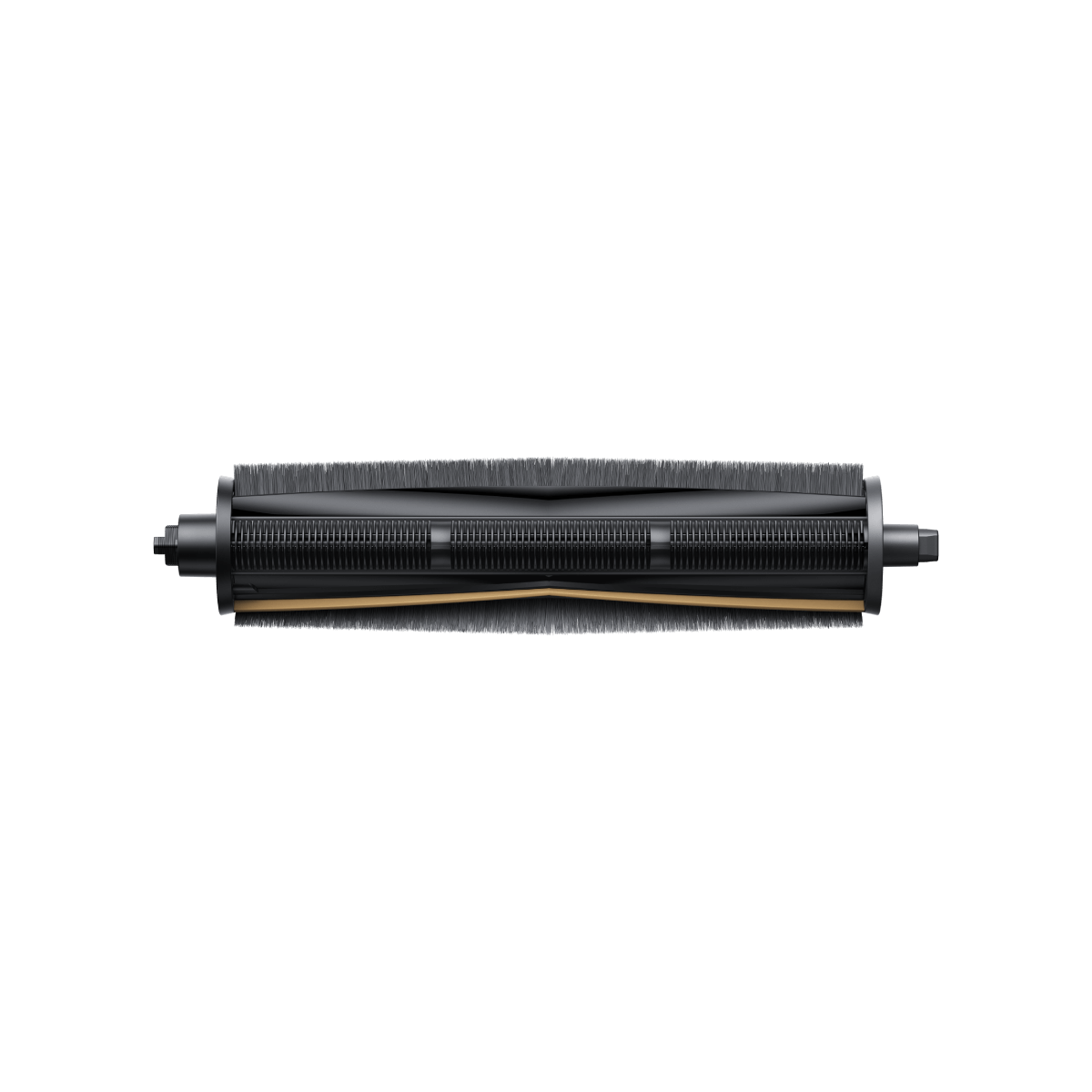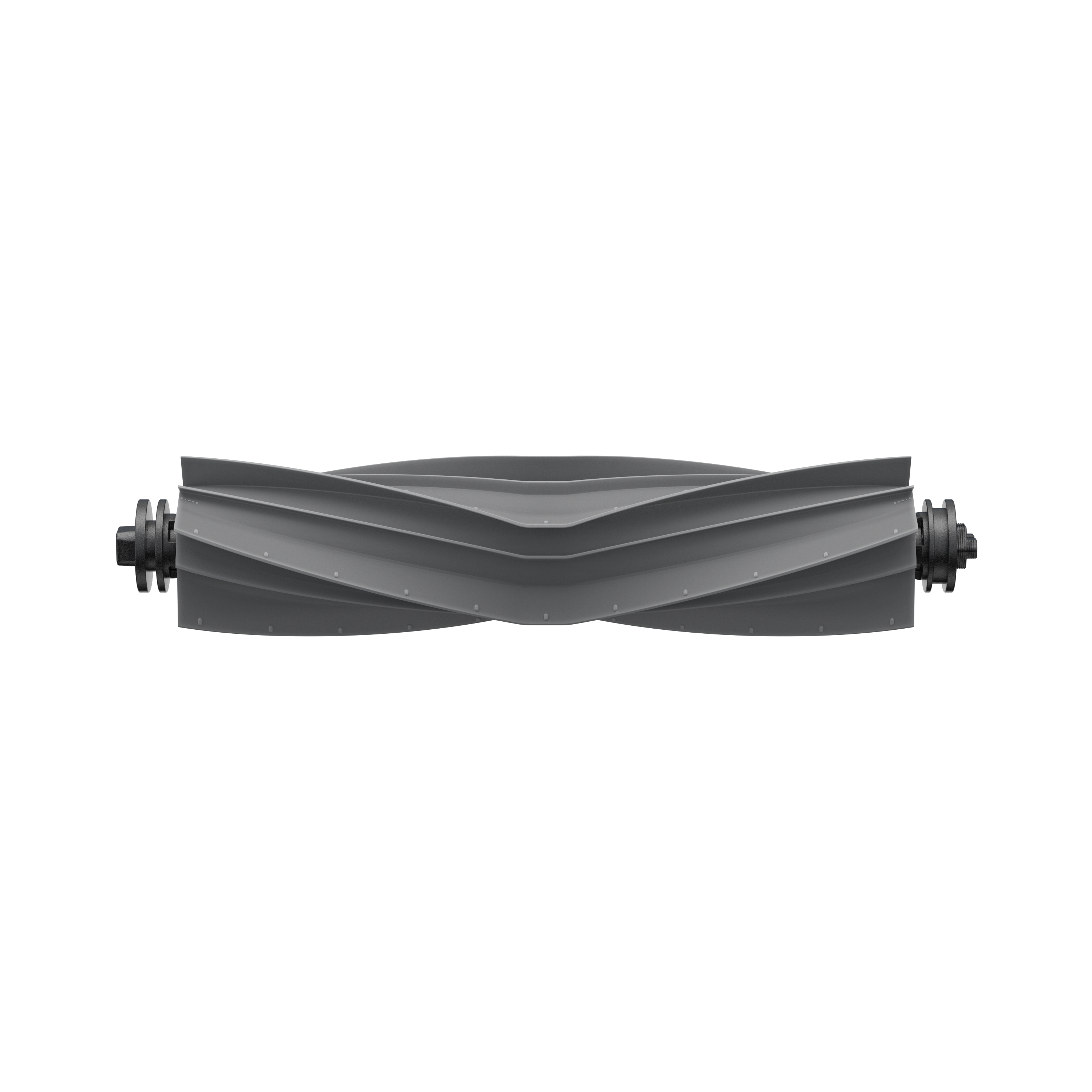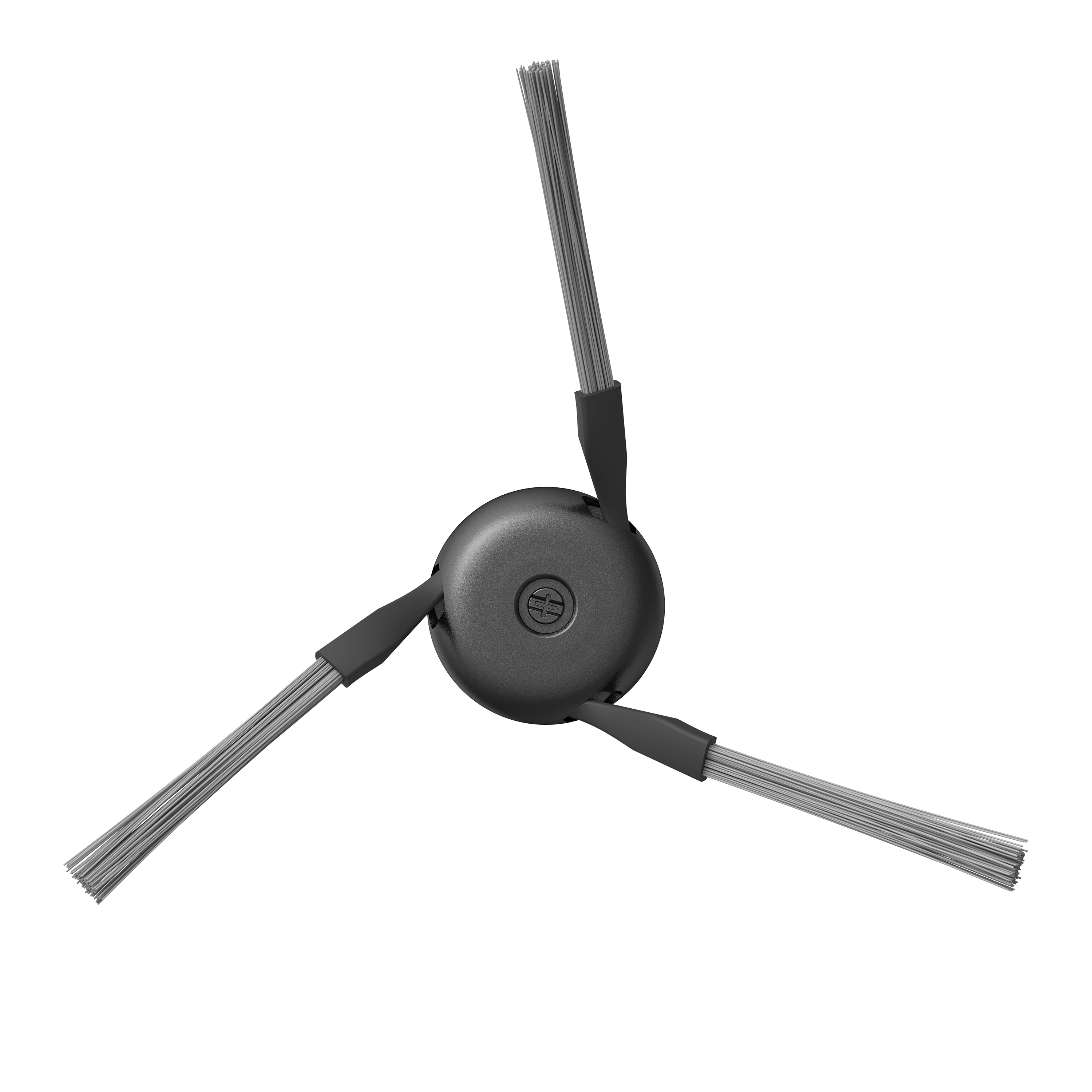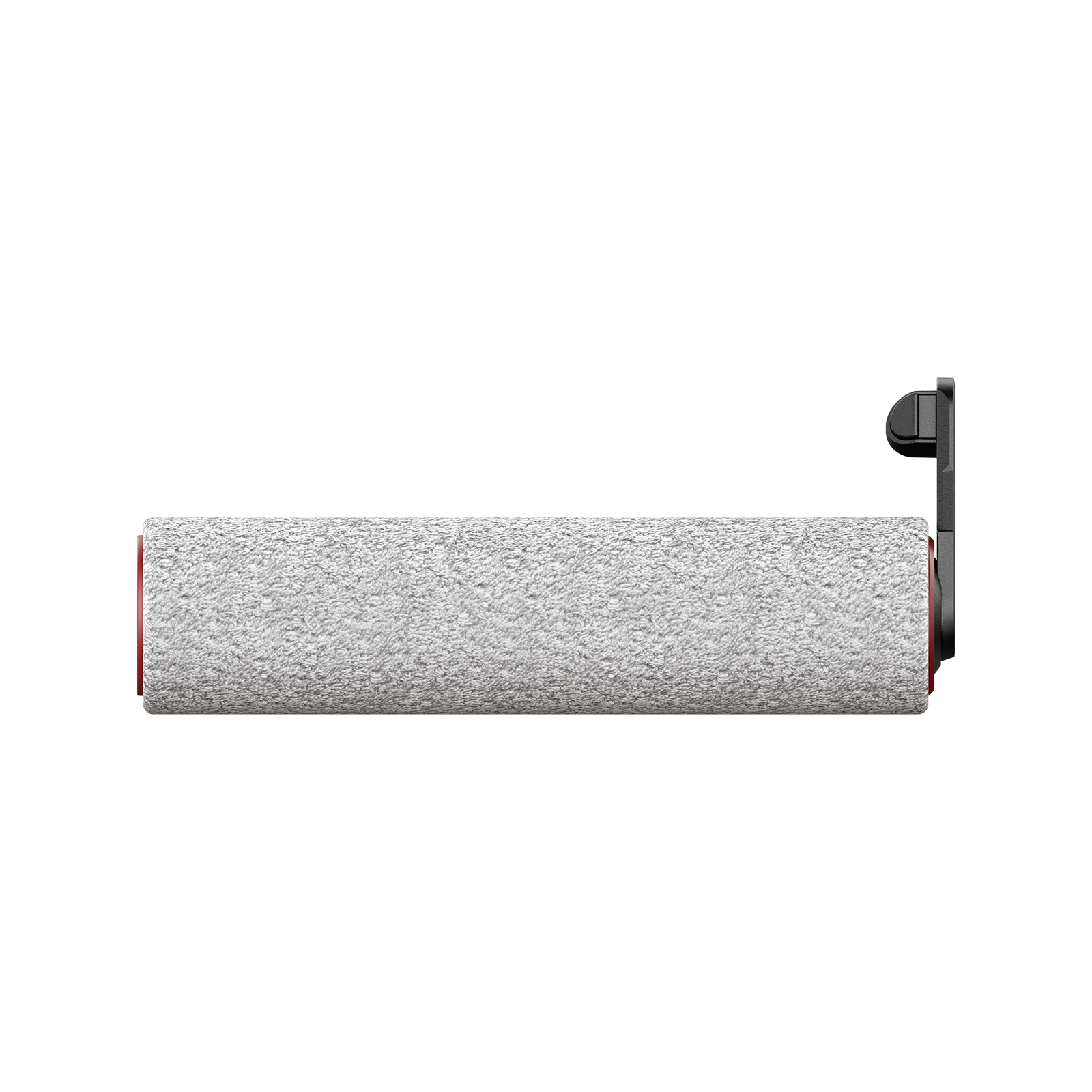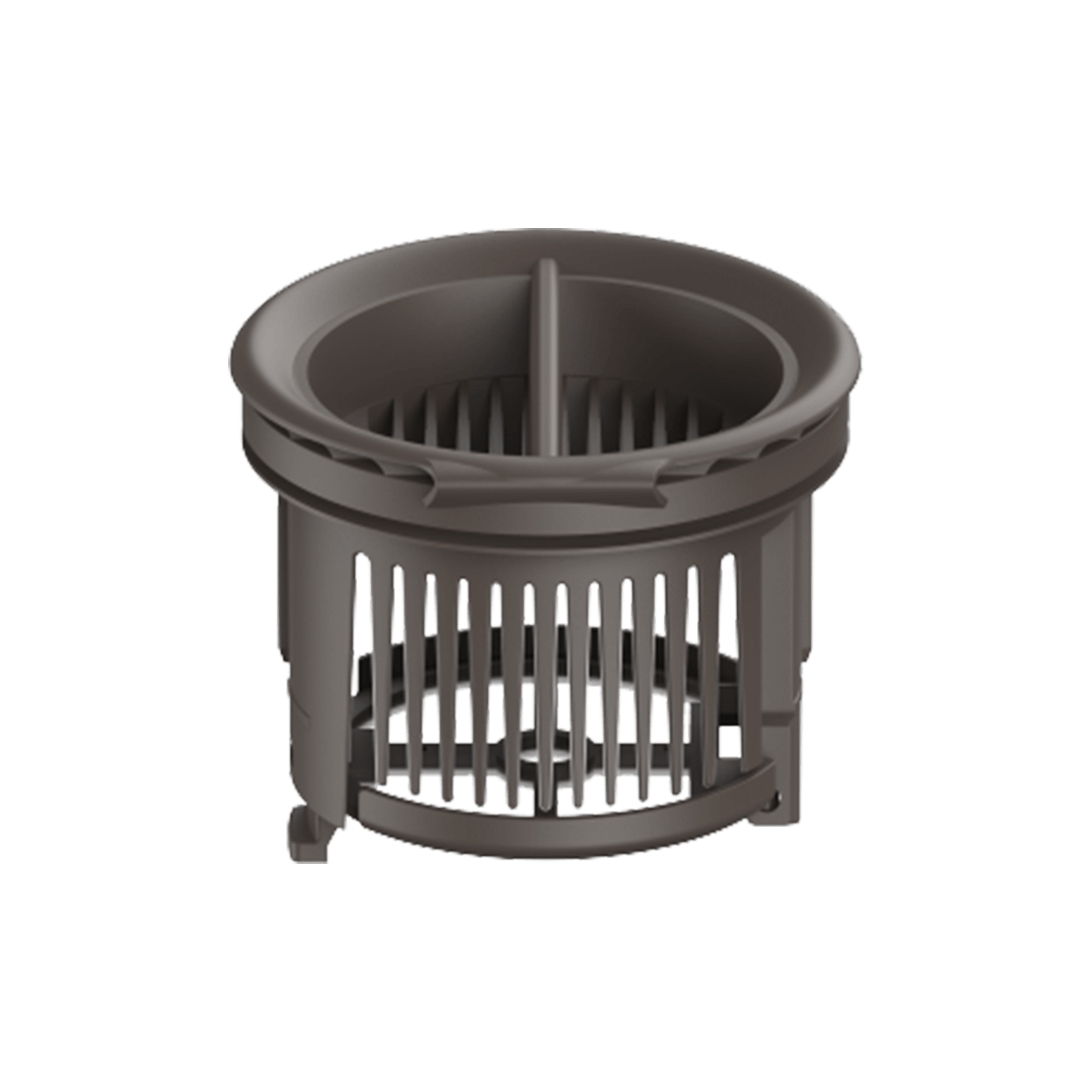When shopping for a vacuum cleaner, suction power is one of the most critical specs to consider. But what exactly makes for "good" suction? Measured in Pascals (Pa), suction power determines how effectively your vacuum picks up dirt, dust, and debris from different surfaces. The higher the number, the stronger the suction at least in theory. In practice, getting the right level of suction for your specific needs can mean better cleaning results with less energy wasted. Whether you're cleaning hardwood, low-pile carpets, or thick rugs, selecting the right suction power ensures both efficiency and a spotless home. So, how do you find the perfect balance? Let’s break it down.
What Does Suction Power Mean in a Vacuum Cleaner?
Suction power in a vacuum cleaner refers to the machine’s ability to create negative pressure and pull in air—along with dust, dirt, and debris. This pressure is typically measured in Pascals (Pa), especially in robotic vacuums, while other types may use Air Watts (AW), CFM (Cubic Feet per Minute), or KiloPascals (kPa) to describe performance.
It’s important to distinguish between suction power and motor power. Motor power, measured in watts, tells you how much energy the machine uses—not how well it cleans. A vacuum with high motor wattage may still have poor suction if the design is inefficient. Suction power, on the other hand, directly relates to how effectively the vacuum removes debris.
Key Metrics to Understand:
- Air Watts (AW): The most accurate measure of actual suction performance, calculated based on both airflow and suction force.
- Pascals (Pa): Commonly used in robot vacuums; for example, a vacuum with 2000Pa suction is generally suitable for hard floors, while 5000Pa is ideal for thick carpets and deep cleaning.
- CFM (Cubic Feet per Minute): Measures the volume of air the vacuum can move, which contributes to how well it can clean up larger debris and dust.
- kPa (Kilopascals): Another unit used for high-performance vacuums; 20 kPa or more typically signals strong suction.
What Is Considered a Good Suction Power?
When determining how much suction power you need, it's best to match it with your flooring type and cleaning habits. Here’s a general guide to help you decide:
- Low Suction (1000–2000Pa): This range is ideal for smooth hard floors like tile, vinyl, or hardwood. It handles light debris and daily dust without wasting energy.
- Medium Suction (2000–3000Pa): A great all-rounder for homes with both hard floors and low- to medium-pile carpets. It also performs well on pet hair and scattered crumbs.
- High Suction (3000–5000Pa+): If your home has thick carpets, area rugs, or you often deal with stubborn dirt and pet dander, you’ll benefit from a vacuum with higher suction. These models are also useful for deep cleaning sessions.
That said, higher suction power doesn’t automatically guarantee better performance. Efficient airflow design, advanced filtration, and brush technology all play a role in how well a vacuum works. A balanced vacuum like the MOVA P50 Pro Ultra, which delivers 19,000Pa suction with intelligent carpet boost offers a smarter approach to cleaning by adjusting suction levels as needed without wasting battery or energy.
Factors to Consider When Choosing Suction Power
Picking the right suction power for your vacuum cleaner isn’t just about raw strength—it’s about matching performance to your home’s specific needs. Here are the key factors to keep in mind:
1. Floor Type (Hardwood vs. Carpet vs. Mixed)
- Hard floors (tile, hardwood, laminate) don’t require extreme suction, 1000-2000Pa is usually enough to pick up dust and debris without scattering particles.
- Carpets and rugs trap dirt deeper, so 2000-3000Pa or higher ensures thorough cleaning.
- Mixed flooring? Look for a vacuum with adjustable suction settings to switch between surfaces effortlessly.
2. Pets & Allergies (Higher Suction for Pet Hair & Dust Mites)
If you have pets, shedding hair and dander demand stronger suction, 3000Pa or more to lift embedded fur. For allergy sufferers, high suction combined with a HEPA filter ensures dust mites and allergens are trapped, not recirculated.
3. Battery Life vs. Suction Power Trade-Off (Robot Vacuums)
Robot vacuums with high suction (2500Pa+) drain batteries faster. If you prioritize runtime over deep cleaning, opt for a model with adjustable power modes to balance performance and efficiency.
4. Noise Levels (Higher Suction Often Means Louder Operation)
Strong suction usually comes with increased noise, some models hit 70-80 decibels (similar to a blender). If quiet operation matters (e.g., for apartments or night cleaning), check for low-noise designs or models with variable suction settings.
What is the Most Powerful Vacuum Cleaner?
When it comes to deep cleaning, suction power is a critical factor but it shouldn't be the only one. If you're looking for serious cleaning performance, you need a robot vacuum that combines raw suction strength with smart features to tackle dirt, pet hair, and stubborn debris.
Here are three of the most powerful robot vacuums from MOVA, designed for different cleaning needs:
MOVA P50 Pro Ultra: High suction (19000Pa), ideal for deep cleaning
For homes that demand maximum cleaning power, the MOVA P50 Pro Ultra stands out with 19,000Pa of suction power. This level of force ensures deep debris extraction, whether you’re dealing with thick carpets, heavy dirt buildup, or persistent pet hair.
Key Features:
- 19,000Pa Suction Power: Deep cleans carpets and hard floors effortlessly.
- Edge-to-Edge Cleaning: No missed spots along walls and corners.
- Dirt Detection & Obstacle Avoidance: Smart sensors target dirty areas.
- Mop Removal for Carpet Care: Automatically lifts mop pads on carpets.
- Auto Dock Maintenance: Self-emptying and self-cleaning for hassle-free upkeep.
- Flexible Cleaning Strategy: Adjusts suction based on floor type.
MOVA P10 Pro Ultra: Strong suction (13000Pa), great for pet hair
With 13,000Pa of suction, the MOVA P10 Pro Ultra is specifically designed to manage pet fur and dander efficiently. Whether it’s your cat’s shedding season or your dog just rolled in from outside, this vacuum is equipped to handle it.
Key Features:
- FlexReach™ Edge Cleaning: Extends to sweep debris from corners.
- 13,000Pa Suction Power: Strong enough for pet hair and allergens.
- Intelligent Dirt Detection: Focuses extra cleaning where it’s needed.
- Auto Robot Vacuum Care: Self-emptying bin and auto-charging.
MOVA P10 Ultra: Balanced suction (8300Pa), efficient for daily cleaning
For daily maintenance and multi-surface cleaning, the MOVA P10 Ultra is your go-to option. With 8,300Pa of suction power, it delivers efficient cleaning without draining battery life too quickly. Its Extendable Mop covers a wider area with each pass, while Mop Rewashing & Floor Remopping ensures your hard floors are not just swept, but properly washed.
Key Features:
- Extendable Mop: Covers more ground with each pass.
- 8,300Pa Vacuuming Power: Ideal for hard floors and low-pile rugs.
- Mop Rewashing & Floor Remopping: Ensures no streaks or missed spots.
- Auto Robot Vacuum Care: Hands-free emptying and charging.
Final Thoughts: Is Higher Suction Always Better?
While powerful suction is great for deep cleaning, the best vacuum for you depends on your floors and lifestyle. High suction + smart features (like auto-adjustment and obstacle detection) make cleaning more efficient. For modern homes, a well-rounded robot vacuum like MOVA with the right suction level for your needs, delivers the perfect balance of power and intelligence.
FAQs
1. Is higher suction always better?
Not necessarily. While high suction power helps with deep cleaning, especially on carpets and rugs, it’s not the only factor that determines vacuum performance. You also need to consider airflow design, filtration systems, brush roll efficiency, and the type of surface you’re cleaning. For example, hard floors don’t require extreme suction, and overly powerful vacuums without proper filtration can stir up more dust than they collect.
2. What suction power is good for pet hair?
For homes with pets, look for vacuums with at least 2,500–3,000Pa suction power. Pet hair tends to cling to carpets, upholstery, and corners, so a model like the MOVA P10 Pro Ultra (13,000Pa) offers excellent performance. Additional features like edge-cleaning brushes and dirt detection also help target fur buildup.
3. Can suction power decrease over time?
Yes. Suction power can weaken if your vacuum’s filters become clogged, dust bins are full, or brush rolls are tangled. Regular maintenance like emptying the bin, cleaning the filters, and checking for blockages can help maintain peak performance.
4. Why is my vacuum suction weak?
Weak suction is usually caused by blockages in the air path, dirty filters, or a full dustbin. Check the brush roll, hose, and filters. Replacing worn-out components or cleaning them thoroughly often restores suction.
5. How Do I Know if My Vacuum Has Strong Suction?
A vacuum with strong suction will pick up debris in a single pass, even from deep carpet fibers. You may also notice a firm pull when using hose attachments. Look for specs like high Pa ratings, Air Watts, or CFM for a more technical measure.



